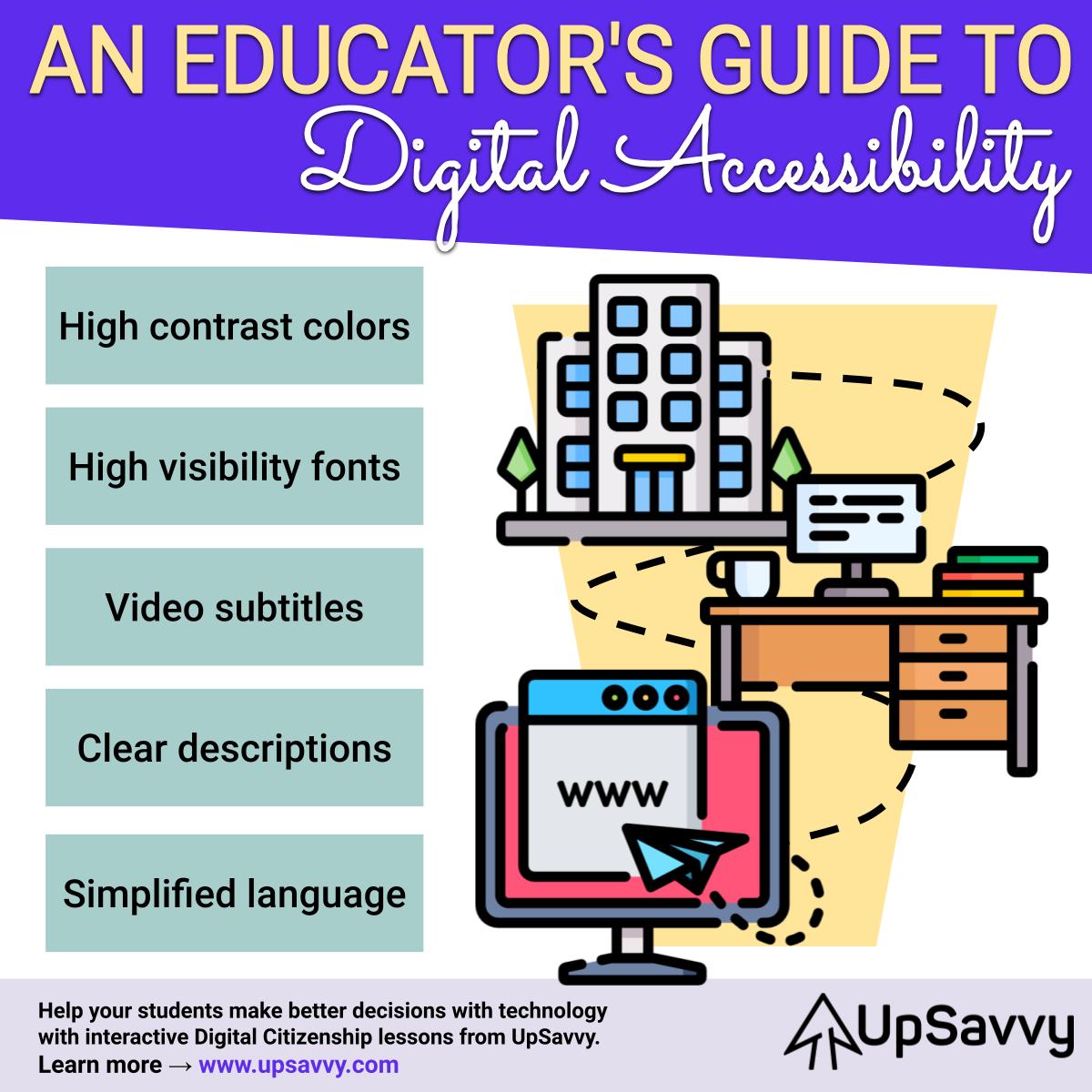
Digital accessibility is a significant factor in digital wellness and productivity. If websites are well designed, and platforms are easily navigated by a wide range of users, individuals can have a great experience acquiring information, communicating with others, and completing important digital tasks. The following are a few important considerations when designing and creating digital materials for others to interact with.
High Contrast Colors
Ensure that all colors that you use on your brand, websites, and materials have a significant contrast on the color spectrum. Color combinations like light gray and white, or blue and green can make it challenging to decipher and interpret information and not all users can process color schemes the same way. Be considerate of users that may have visibility limitations such as color vision deficiency or low vision
High Visibility Fonts
We can be conscious and deliberate of the fonts that we are selecting to communicate information digitally. There are many fonts that have much higher visibility than others such as Times New Roman, Arial, and Calibri. These high visibility fonts ensure that information is presented more clearly and increase the digital experience for a larger range of users.
Video Subtitles
Accessibility captions, also known as video subtitles, ensure that media is presented in ways that allows those users with hearing limitations to enjoy the content as well. Video subtitles are also effective for those users who may be more visual learners or rely on text for translating and interpreting language.
Clear Descriptions
Descriptions ensure that information presented purely into an image or graphic format is accessible for users who may not be able to view it due to low vision or low-tech. Descriptions may include the image style, the location of an object, specific colors, text, emotions, or any other information significant to building understanding for users.
Simplified Language
Be clear, direct, and plain with the text that you choose to include digitally on your websites or platforms. Simplified language is carefully selected words to ensure that the user understands as quickly, easily, and completely as possible. Avoid jargon, convoluted language, slang, or excessive details as these interfere with user experience.